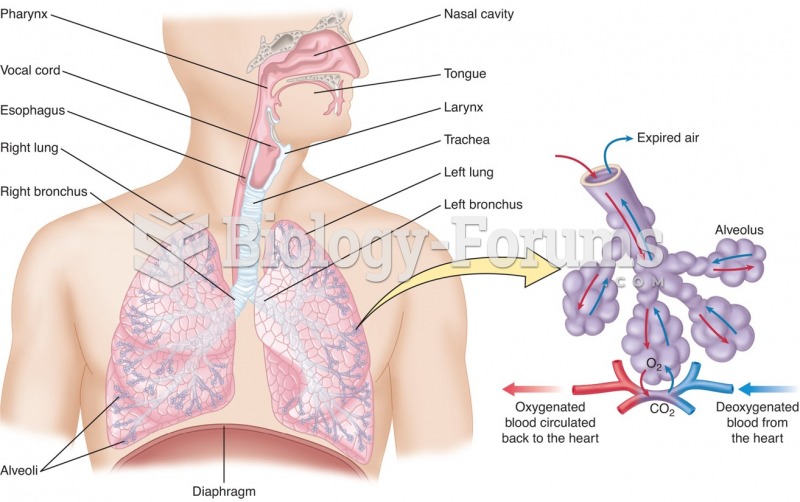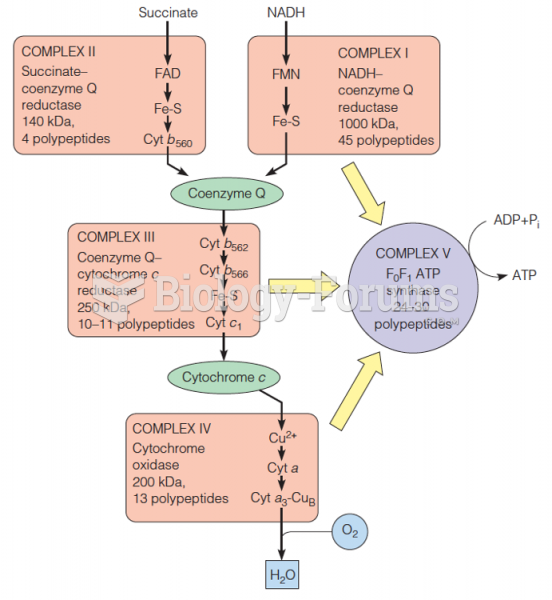This topic contains a solution. Click here to go to the answer
|
|
|
Did you know?
Elderly adults are living longer, and causes of death are shifting. At the same time, autopsy rates are at or near their lowest in history.
Did you know?
The Babylonians wrote numbers in a system that used 60 as the base value rather than the number 10. They did not have a symbol for "zero."
Did you know?
Human kidneys will clean about 1 million gallons of blood in an average lifetime.
Did you know?
If you could remove all of your skin, it would weigh up to 5 pounds.
Did you know?
The familiar sounds of your heart are made by the heart's valves as they open and close.







